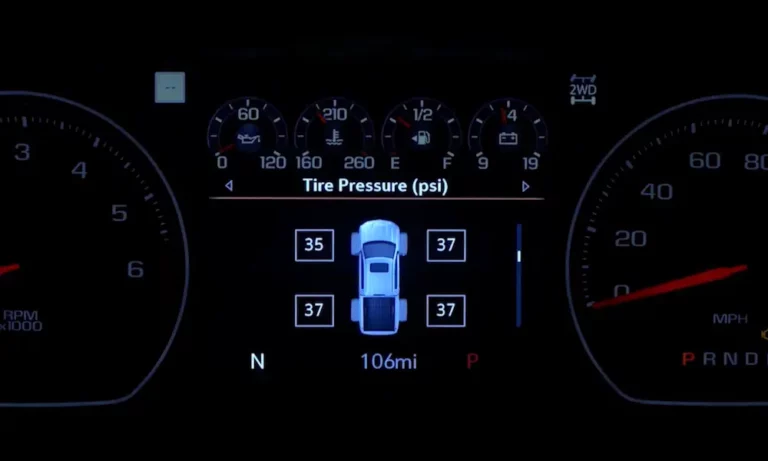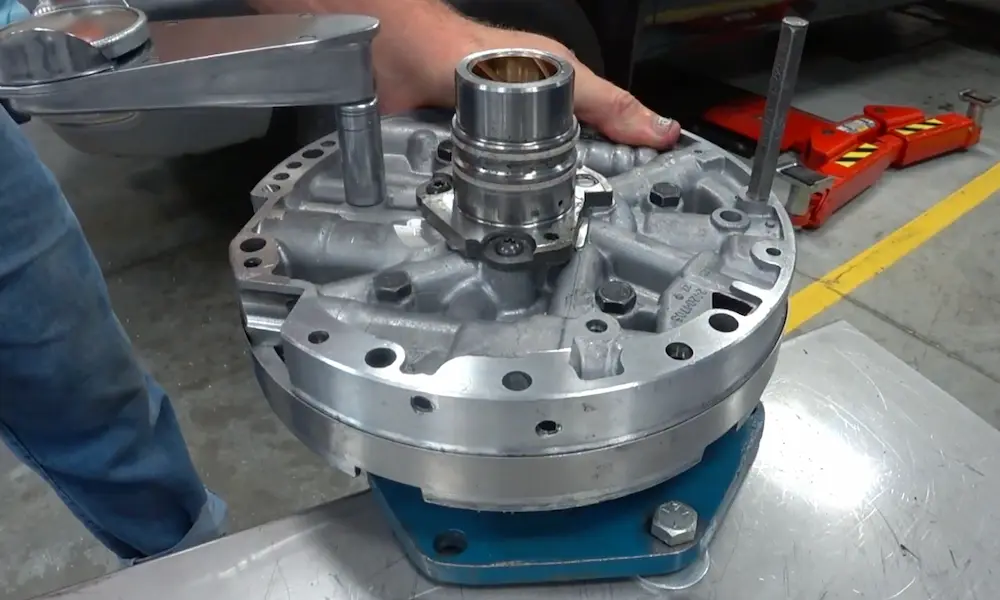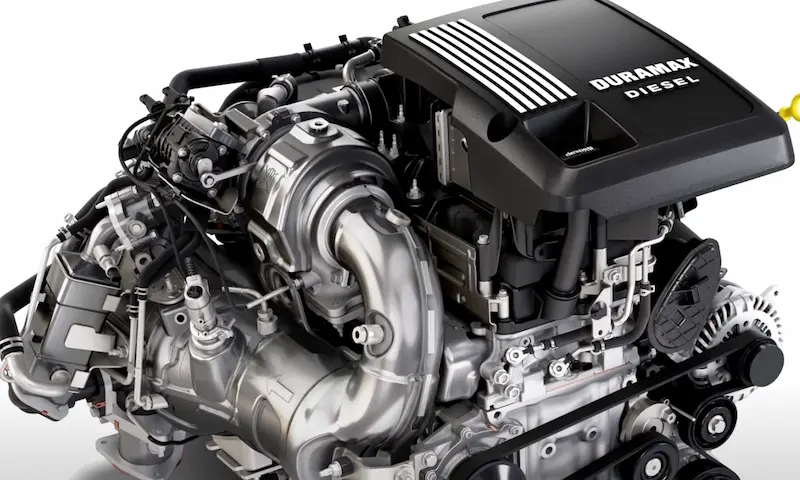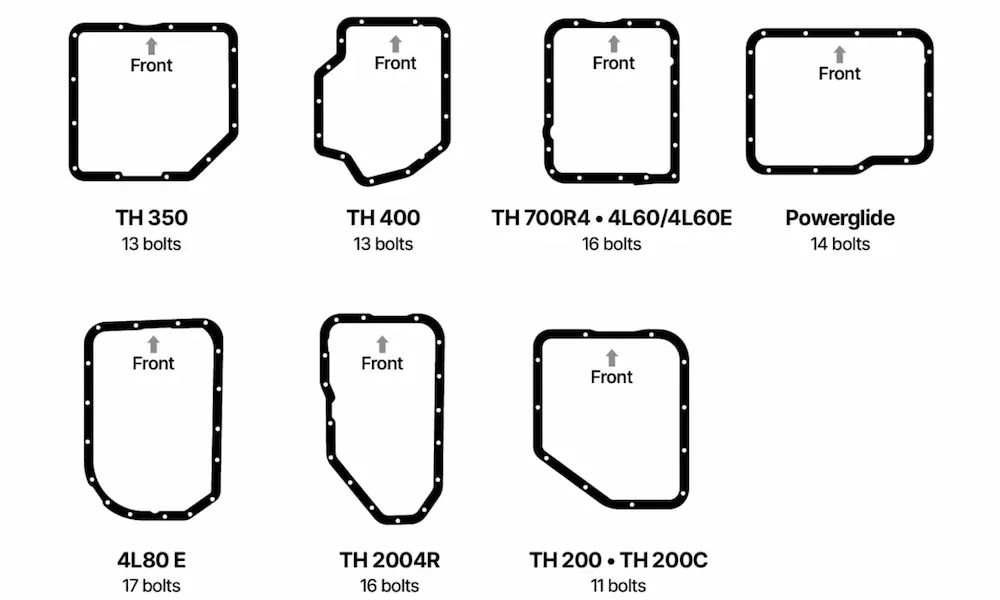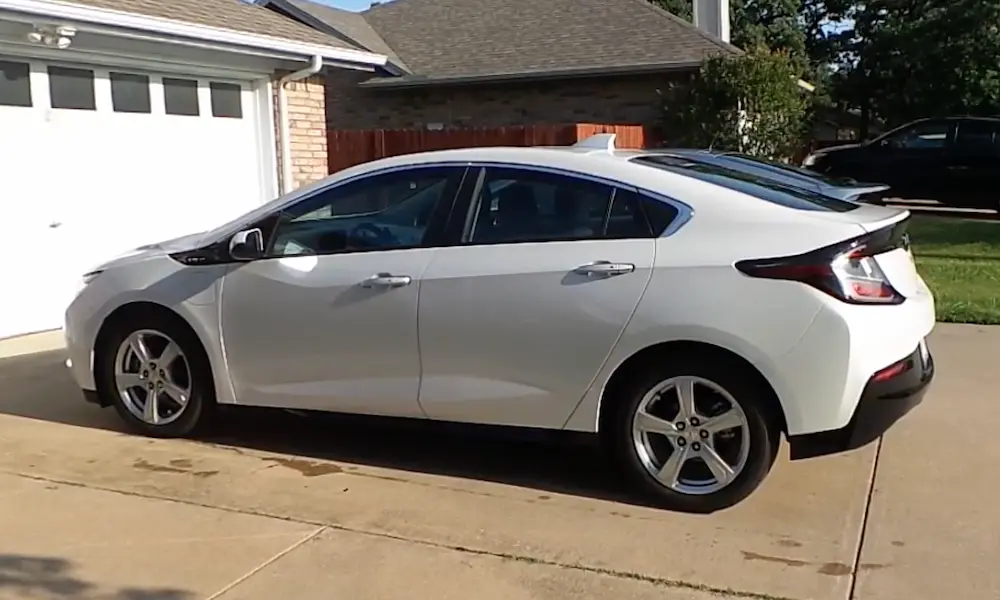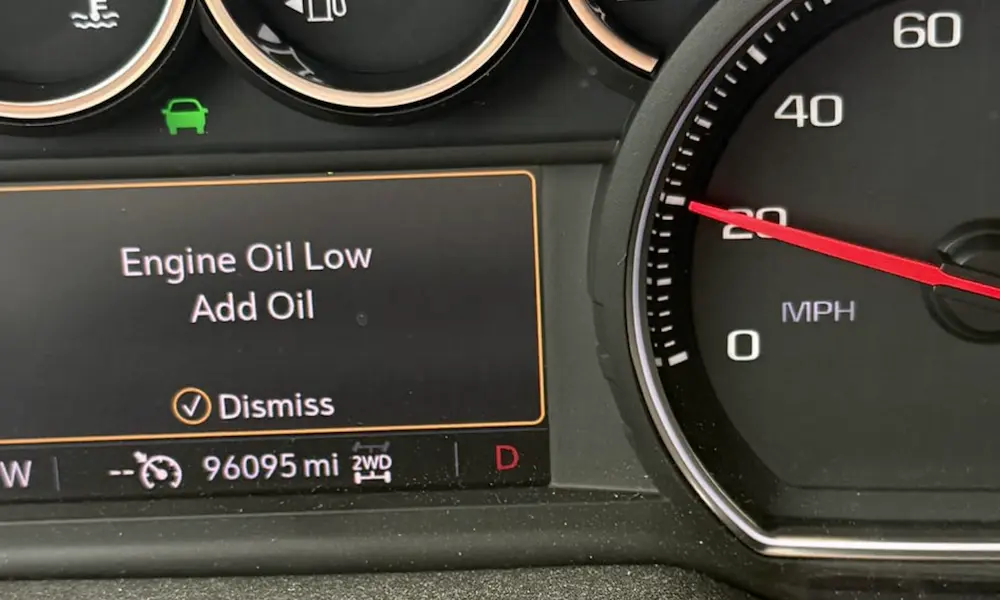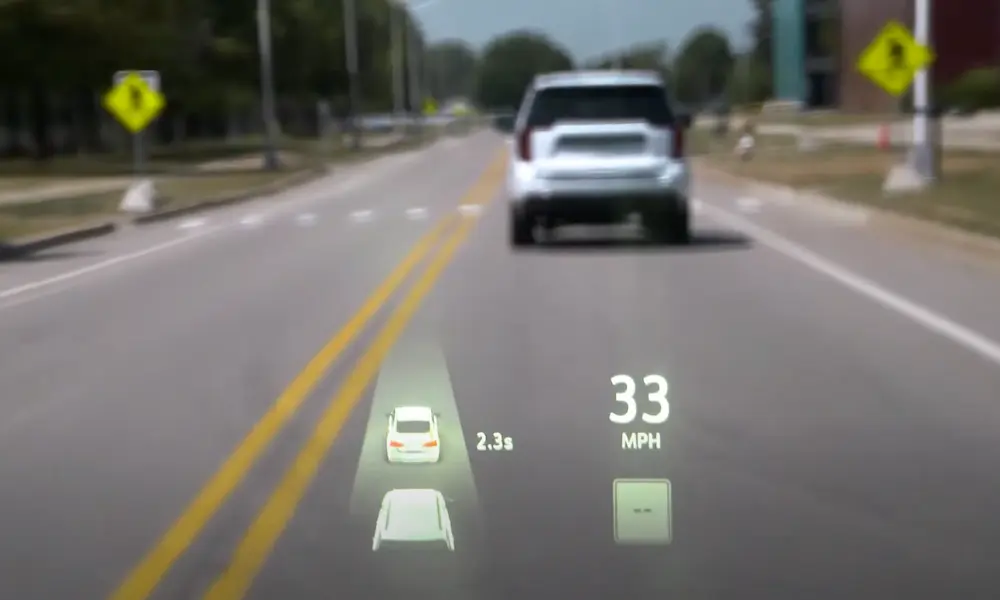Is your Chevy’s tire pressure light stubbornly staying on even after you’ve inflated the tires? Don’t worry. That little warning isn’t trying to drive you crazy—it just needs a proper reset.
Your Chevy’s Tire Pressure Monitoring System (TPMS) keeps you safe by alerting you to pressure issues, but sometimes it needs a little help getting back to normal. I’ll walk you through exactly how to reset tire pressure sensor Chevy systems across various models.
What Is a Tire Pressure Monitoring System?
The TPMS in your Chevy does exactly what its name suggests—it monitors the air pressure in your tires and alerts you when something’s wrong. Chevrolet vehicles use direct TPMS with physical sensors installed inside each wheel that communicate with your car’s main computer.
When that dashboard light comes on, it’s telling you one or more tires has pressure below the recommended level. According to the National Highway Traffic Safety Administration, proper tire pressure is crucial for vehicle safety, fuel efficiency, and tire longevity.
But here’s the catch—even after you’ve inflated your tires, that persistent light might stay on until you properly reset the system.
Why You Need to Reset Your Chevy’s TPMS
There are several situations when resetting your tire pressure sensors becomes necessary:
- After inflating underinflated tires
- Following tire rotation or replacement
- When you’ve installed new TPMS sensors
- After seasonal tire swaps
- When the TPMS light remains on incorrectly
Failing to reset can lead to false alarms or even missing genuine pressure problems. The good news is that resetting these sensors is something most Chevy owners can handle themselves.
Method 1: Reset Using the Driver Information Center (DIC)
This is the most common method that works for many Chevrolet models including Silverado, Impala, and Malibu.
- Turn the ignition to ON/RUN position (keep engine OFF)
- Apply the parking brake for safety
- Use your steering wheel controls to navigate to the tire pressure screen in the DIC
- Press and hold the SET/CLR or checkmark button until you hear two horn chirps
- The display will show “TIRE LEARNING ACTIVE” or “RELEARN TIRE POSITIONS”
Once in learning mode, you’ll need to activate each sensor individually using one of the methods described below.
Method 2: TPMS Relearn Tool Method (Most Reliable)
This method requires a TPMS relearn tool but works on nearly all Chevy models and is especially necessary for vehicles manufactured after 2011.
- Enter the TPMS relearn mode using the DIC as described above
- Get your TPMS tool ready (the EL-50448 is commonly used for Chevy vehicles)
- Starting with the driver’s side front tire, place the tool against the tire sidewall near the valve stem
- Press the button on the tool to activate the sensor
- Wait for a horn chirp, confirming successful recognition
- Move clockwise to each remaining tire in this order: front passenger, rear passenger, rear driver
- After activating the last tire, the horn will chirp twice to indicate completion
Method 3: Pressure Adjustment Method (No Tool Needed)
Some older Chevy models allow resets without special tools:
- Enter TPMS relearn mode as described in Method 1
- Starting with the left front tire, release air until you hear a horn chirp (about 8-10 seconds of deflation)
- Move to the right front tire and repeat
- Continue to the right rear and finally the left rear tire
- After the last tire responds, the horn will chirp twice
- Reinflate all tires to the recommended pressure shown on your driver’s door jamb sticker
Keep in mind this method doesn’t work on all Chevrolet models, particularly newer ones that specifically require a dedicated tool.
Method 4: Specific Process for Silverado Models
Chevrolet Silverados have a slightly different procedure:
- Turn the ignition ON (engine OFF)
- Set the parking brake
- Navigate to the tire pressure screen using the DIC
- Press and hold the SET/CLR button until the horn sounds twice
- The turn signal lights will illuminate to indicate which tire to program first
- Use a TPMS tool at each tire in sequence, following the turn signal indicators
On Silverado models without DIC buttons, you’ll need to press the trip odometer reset stem instead. This works for both older and newer Silverado models with slight variations.
Method 5: Procedure for Cruze, Impala and Other Newer Models
The newer Chevy models have a slightly different approach:
- Place the vehicle in service mode by holding the start/stop button for five seconds without pressing the brake pedal
- Access the Tire Pressure page in the DIC using steering wheel controls
- Press and hold the checkmark button until the horn chirps twice
- Use the TPMS tool at each tire location in sequence
Method 6: The Driving Method
For some Chevy models, a simple driving method can reset the TPMS:
- Ensure all tires are properly inflated to the recommended pressure
- Drive at speeds above 50 mph for approximately 10 minutes
- The system should recalibrate and the light should reset after your next engine restart
This method is less reliable but worth trying if other options aren’t available to you. Many Chevy dealerships suggest this as a simple first attempt before trying more complex procedures.
Method 7: Key Fob Method for Older Models
Some older Chevrolet models support using the key fob for resets:
- Turn the ignition to ON position (engine OFF)
- Simultaneously press and hold the LOCK and UNLOCK buttons on your key fob for about 5 seconds
- The horn will sound twice, indicating the system is in learn mode
- Then proceed with either a tool or pressure method to program each sensor
This method has limited compatibility but is worth trying on older Chevy vehicles.
Common TPMS Warning Signs and What They Mean
| Warning Type | What It Means | Required Action |
|---|---|---|
| Solid TPMS Light | One or more tires below recommended pressure | Check and inflate tires, then reset TPMS |
| Flashing TPMS Light | System malfunction or sensor battery issue | May need sensor replacement or professional diagnosis |
| TPMS Light with “Service” Message | Communication error between sensors and vehicle | System requires professional diagnosis |
| Intermittent Light | Borderline pressure or temperature fluctuations | Check pressure when tires are cold and reset if needed |
Troubleshooting TPMS Reset Problems
If you’re having trouble with the reset process, try these solutions:
System Won’t Enter Learning Mode
- Ensure you’re pressing the correct buttons
- Verify the ignition is in the right position
- Try turning the ignition off and on again
- Check if your parking brake is fully engaged
No Horn Chirp After Using TPMS Tool
- Make sure the tool is functioning properly with fresh batteries
- Position the tool closer to the valve stem
- Try activating the sensor multiple times
- The sensor may need replacement
Reset Worked But Light Came Back On
- Double-check that all tires (including spare if monitored) are at proper pressure
- Ensure the reset procedure was fully completed for all tires
- Temperature changes might be affecting tire pressure
- A sensor might be damaged or have a low battery
Table of Pressure Recommendations by Popular Chevy Models
| Chevy Model | Recommended Front PSI | Recommended Rear PSI | Notes |
|---|---|---|---|
| Silverado 1500 | 35 PSI | 35 PSI | May vary based on load |
| Silverado 2500/3500 | 65-80 PSI | 65-80 PSI | Depends on tire type and load |
| Equinox | 35 PSI | 35 PSI | Standard configuration |
| Tahoe | 35 PSI | 35 PSI | Full-size recommendation |
| Malibu | 32 PSI | 32 PSI | Standard sedan pressure |
| Cruze | 32 PSI | 32 PSI | Compact sedan recommendation |
| Colorado | 35 PSI | 35 PSI | Mid-size truck recommendation |
Always verify the exact pressure for your specific vehicle on the sticker located on the driver’s door jamb or in your owner’s manual.
Important Tips for TPMS Reset Success
- Always check tire pressure when tires are cold for accurate readings
- Allow up to two minutes to match each tire position during the reset process
- If the procedure fails, turn off the ignition and restart from the beginning
- Some Chevy owners report better success with the driver’s window down during the process
- After any TPMS reset, double-check that all tires are properly inflated
- For trucks with different front and rear tire pressure specifications, proper position learning is crucial
When to Consider Professional Help
While most TPMS resets can be handled at home, there are situations when you should seek professional assistance:
- If your TPMS light continues flashing after multiple reset attempts
- When you suspect one or more sensors have failed
- If you’ve recently had tire work done and the system won’t reset
- When your vehicle shows “Service TPMS” or similar messages
- If you’ve tried multiple methods without success
Professional shops have advanced diagnostic equipment that can pinpoint exactly what’s happening with each sensor.
Keeping Your TPMS Functioning Properly
To avoid frequent TPMS issues:
- Check tire pressure monthly using a quality gauge
- Have your TPMS sensors checked when getting new tires
- Be aware that sensor batteries typically last 5-7 years
- Avoid using tire sealants which can damage sensors
- Keep your reset tool batteries fresh if you own one
By maintaining proper tire pressure and addressing TPMS alerts promptly, you’re not just avoiding that annoying dashboard light—you’re also improving safety, extending tire life, and maximizing fuel economy.
Resetting your Chevy’s tire pressure sensors doesn’t have to be complicated. With these methods, you can handle this maintenance task yourself and keep your vehicle running safely and efficiently.

